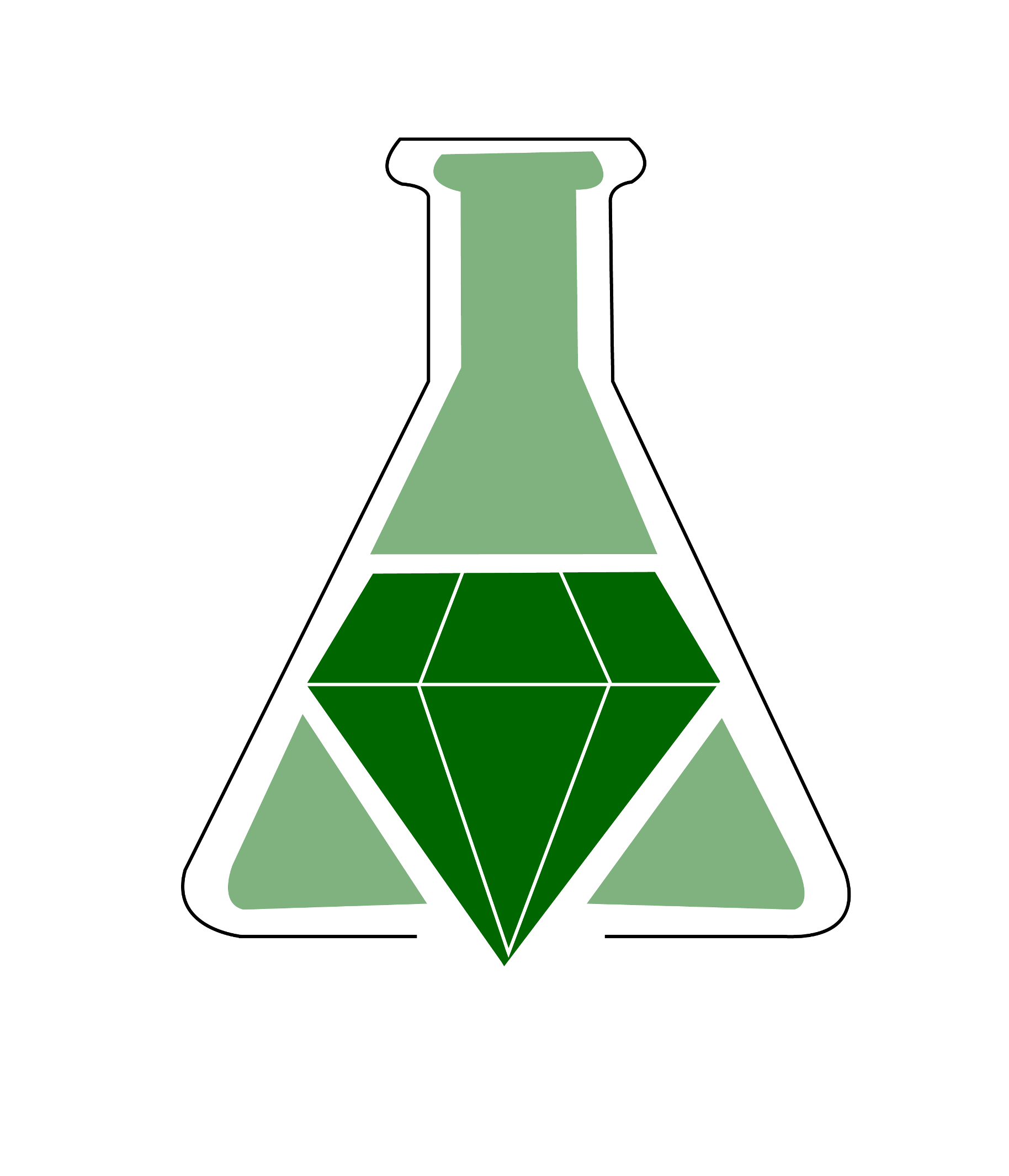Aqueous-Phase Palladium-Catalyzed Coupling. A Green Chemistry Laboratory Experiment

Summary
This experiment highlights both the importance of palladium-catalyzed coupling reactions and the need for finding greener solvents. The aqueous-phase coupling of iodobenzene and diethylphosphite is a great example of how a reaction can be made greener with a relatively straightforward modification. By simply sulfonating triphenylphosphine, students will be synthesizing a water-solubilizing ligand to use in their coupling reaction.
Pedagogical benefits include introducing students to palladium-catalyzed coupling reactions, aqueous phase chemistry, electrophilic aromatic substitutions, recrystallizations, redox chemistry, liquid-liquid extractions, rotary evaporation, proton and phosphorous NMR, IR spectroscopy and air-free reaction conditions (nitrogen balloons or Schlenk lines).
Supplemental information includes experimental procedures, chemical lists, and spectroscopic data.
Summary prepared for the original GEMs database December 2008 by Douglas M. Young at the University of Oregon.
Aqueous-Phase Palladium-Catalyzed Coupling. A Green Chemistry Laboratory Experiment
Brandy A. Harper, J. Chance Rainwater, Kurt Birdwhistell, and D. Andrew Knight
Journal of Chemical Education 2002 79 (6), 729
DOI: 10.1021/ed079p729
Pedagogical benefits include introducing students to palladium-catalyzed coupling reactions, aqueous phase chemistry, electrophilic aromatic substitutions, recrystallizations, redox chemistry, liquid-liquid extractions, rotary evaporation, proton and phosphorous NMR, IR spectroscopy and air-free reaction conditions (nitrogen balloons or Schlenk lines).
Supplemental information includes experimental procedures, chemical lists, and spectroscopic data.
Summary prepared for the original GEMs database December 2008 by Douglas M. Young at the University of Oregon.
Aqueous-Phase Palladium-Catalyzed Coupling. A Green Chemistry Laboratory Experiment
Brandy A. Harper, J. Chance Rainwater, Kurt Birdwhistell, and D. Andrew Knight
Journal of Chemical Education 2002 79 (6), 729
DOI: 10.1021/ed079p729
Safety Precautions, Hazards, and Risk Assessment
See published journal article
Link to external
